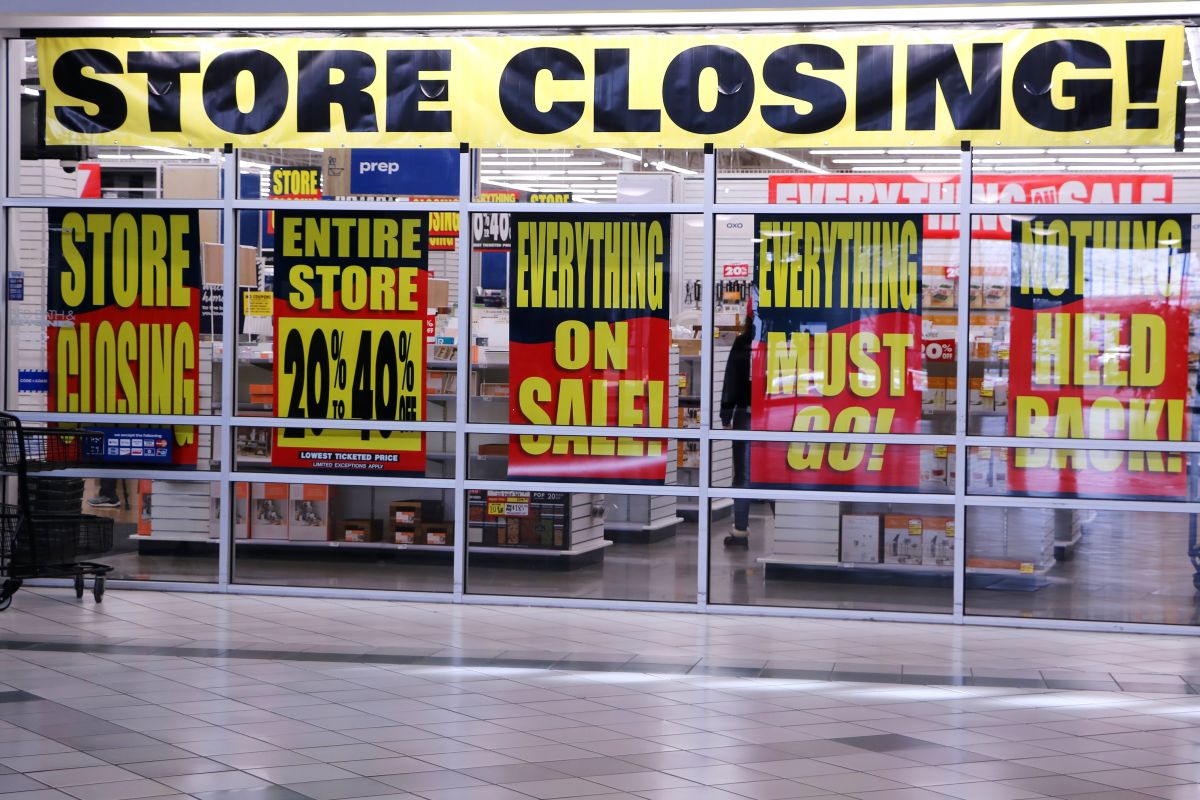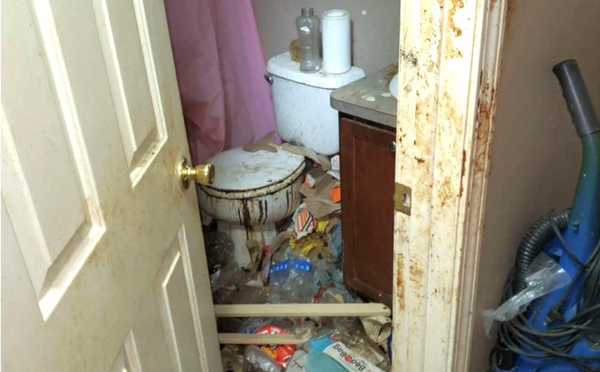
When a company is losing money, it doesn't take much to push it over the edge toward bankruptcy. In some cases, the wounds causing the bankruptcy are self-inflicted. In other cases, it's because of outside forces like increasing competition. More recently, an uptick in crime has also been a factor.
In the case of one vital retailer relied upon by many, all three have contributed to its being on the verge of filing for Chapter 11 protection from creditors.

A popular retailer may be fighting for its survival
Enron's failure came from within because of hubris and greed, Silicon Valley Bank's failure stemmed from a failure to anticipate the impact of rising rates on the value of bonds necessary to meet customer withdrawals, and Bed Bath & Beyond's bankruptcy was tied to fierce competition from superstores like Walmart (WMT) -) and Target (TGT) -) and e-commerce retailers like Amazon.
Related: Popular retail chain survives bankruptcy, but stores will close
Regardless of the reason, bankruptcy is the worst-case option for companies and the consumers who rely upon them.
Indeed, not every Chapter 11 bankruptcy restructuring progresses to a Chapter 7 liquidation, causing customers to scramble. However, even those companies that emerge from bankruptcy, at a minimum, look very different.
For example, Sears once boasted 3,500 stores. It operated 700 stores when it filed for bankruptcy in 2018, and less than 20 stores remain following its reemergence out of Chapter 11 bankruptcy last year.
It's too soon to say if Rite Aid will meet the same fate, but reports management is considering a Chapter 11 filing suggests this essential retailer of prescription and over-the-counter medicines is running out of options.
What's behind Rite Aid's precarious position
A series of debt-laden acquisitions made Rite Aid the third-largest pharmacy chain in the country behind Walgreens Boots (WBA) -) and CVS Health (CVS) -). Unfortunately, that mountain of obligations is sapping cash flow as rising interest rates increase interest expenses, causing losses to mount.
Last quarter, interest expense grew to $65 million from $48 million last year, contributing to Rite Aid reporting a net loss of $306.7 million despite sales of $5.6 billion. Management forecasts a net loss of between $650 million and $680 million for the full fiscal year 2024.
Rite Aid's losses leave it with little financial wiggle room to navigate two significant headwinds: a looming lawsuit and increasing losses from theft.
In March, the Department of Justice filed a civil suit against Rite Aid, claiming pharmacists “repeatedly filled prescriptions for controlled substances with obvious red flags" and alleging it "intentionally deleted internal notes about suspicious prescribers.”
The lawsuit continues a string of high-profile cases brought against companies contributing to the spread of the opioid epidemic.
Opioid drugmakers Purdue Pharma, Endo Pharmaceuticals, and Mallinckrodt have already declared bankruptcy because of lawsuits. Walgreens and CVS Health have inked opioid settlements valued at $5.7 billion and $4.9 billion over the past year.
How much Rite Aid would need to pay to settle its suit remains to be seen, but a billion-dollar price tag isn't unfathomable, given Walgreens and CVS' outcomes.
More Retail:
- ‘Too pretty’ Home Depot worker faces backlash after viral mirror post
- A classic kitchenware brand files for Chapter 11 bankruptcy
- Who’s running The Gap? With no CEO, retailer hurtles towards crisis
The prospect of coming up with money to settle this lawsuit is bad enough, given the company, unlike Walgreens and CVS, is already losing money every quarter.
Adding insult to injury is that Rite Aid's financials are under even more pressure lately because of increased crime. In the company's recent earnings conference call, management signaled theft as a big problem.
"Our shrink headwind compared to last year is about $9 million over last year in the quarter. So it was a sizable number," said Chief Financial Officer Matt Schroeder. "This is just such an industry problem. We have – certainly, we've made decisions to close stores in high shrink areas... It's [shrink] manifested itself, I think, in a different way than it has historically over the last couple of years."
Shrink is an industry term for missing inventory, with theft being the largest cause. Last year, the National Retail Federation said shrink accounted for nearly $100 billion in losses industry-wide in 2021. The trade group valued shrink losses at about $62 billion in 2019.
Rite Aid could be forced to close more stores
It's likely shrink is an even bigger problem now, given high-profile store closures and widely publicized accounts of retail store theft. Like other retailers, Rite Aid is responding, saying it's closing stores in high-shrink areas.
In April 2022, Rite Aid detailed plans to close 145 stores. It announced earlier this year that it had closed 25. More closures are likely. That's bad news for consumers, but it could get much worse. If Rite Aid enters bankruptcy, it could shutter as much as one-third of its 2,200 locations.
"We’re thinking worst-case scenario could be 700 stores close,” says commercial real estate intelligence firm Gallelli Real Estate.
The challenges have taken a toll on Rite Aid's C-suite. Chief executive officer Heyward Donigan left the company in January, leaving Elizabeth “Busy” Burr, a board member, as interim CEO. In August, Rite Aid Chief Digital and Technology Officer Justin Mennen also left the company.
Forget Rite Aid -- Sign up to see what stocks we’re buying now







